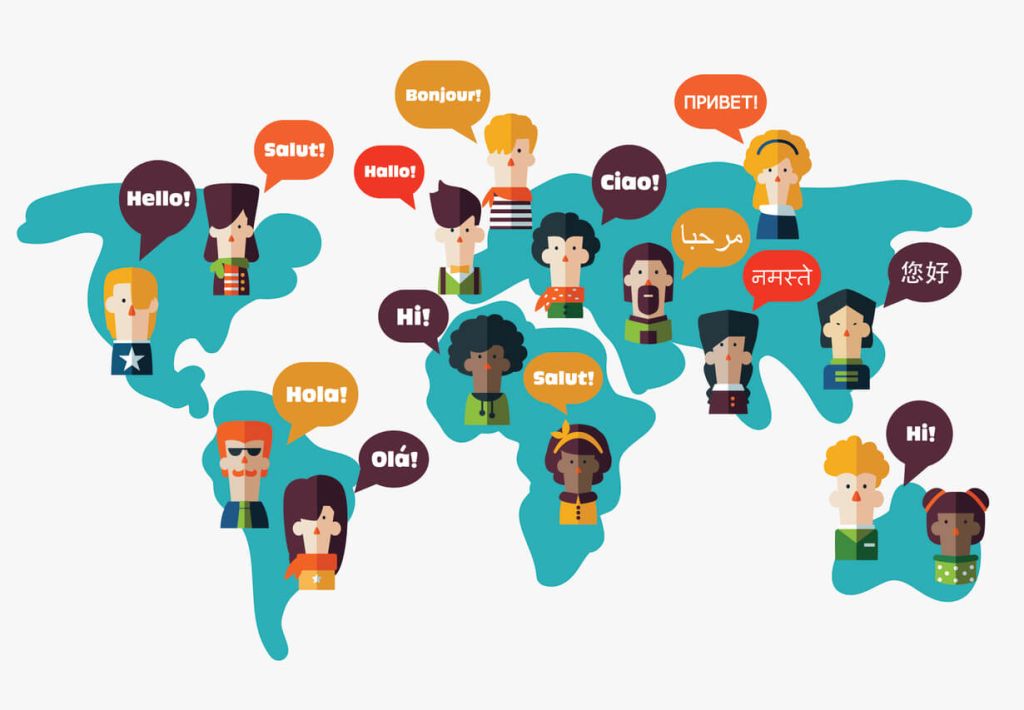Can AI Understand the World? The Role of Linguistic Diversity in LLMs

Can AI Understand the World? The Role of Linguistic Diversity in LLMs
January 14, 2025
Ever wondered if AI can truly get what we’re saying? I mean, really understand us? Let me throw a curveball at you: imagine trying to explain “jugaad” to a computer. This Hindi word isn’t just a translation – it’s a whole philosophy of street-smart problem-solving that Indians live and breathe. And that’s just the tip of the linguistic iceberg! From the rhythmic click sounds of Xhosa that would make most language models scratch their digital heads, to the poetic metaphors of Quechua that weave entire landscapes into a single phrase, our languages are way more than just words strung together. Picture this: an AI trying to navigate the linguistic rollercoaster of India, where a conversation might jump from Hindi to English to Marathi in a single breath, capturing nuances that no dictionary could ever hope to translate. It’s like asking a calculator to understand poetry – sounds impossible, right? But that’s exactly the mind-bending challenge facing artificial intelligence today. Our languages aren’t just communication tools; they’re living, breathing maps of human experience, cultural wisdom, and collective imagination. And teaching a machine to truly understand that? Now that’s the real technological adventure.
The Challenges of Linguistic Diversity in the Digital Age
The world is a tapestry of languages, with an estimated 7,000 different tongues spoken across the globe. However, most of these languages are spoken by fewer than 100,000 people, highlighting the precarious existence of many linguistic communities. While a few languages like Mandarin, English, and Spanish boast millions of speakers, a staggering 46 languages have only a single speaker left! This linguistic diversity is under threat in the digital age, as the internet and technology are overwhelmingly dominated by English and a handful of other major languages. This digital divide limits access to information and opportunities for speakers of less resourced languages, hindering their ability to participate fully in the interconnected world.

Unintentional harm of LLMs in Multilingual Societies
Large Language Models, despite their promise, often reflect the biases present in the data they are trained on. This can lead to a range of discriminatory outcomes, from misinterpreting polite refusals in Japanese to reducing vibrant cultural festivals to stereotypes. Bias can also create barriers for minority language speakers in accessing essential services, for example a Spanish emergency AI failing to understand a Basque speaker’s distress call. Furthermore, language bias can silence marginalized voices and exclude local sellers from the digital economy, in case of a Southeast Asian shop owner whose business suffers due to an English-centric e-commerce platform. In India, for instance, facial recognition systems trained primarily on lighter skin tones have shown significantly lower accuracy in identifying individuals with darker skin, leading to potential misidentification and wrongful arrests within darker-skinned communities. Additionally, in India, where code-switching between English and local languages is common, AI models often struggle to accurately process or generate text that mixes languages. This can lead to reduced effectiveness of AI tools in multilingual societies, potentially marginalizing speakers who regularly engage in code-switching. These examples underscore the urgent need to address bias in AI development and ensure that these systems are fair, equitable, and inclusive for all.
A Call for Linguistic Empathy
The challenge of developing truly understanding AI is not about creating a universal translator, but about LLMs that respect and comprehend cultural diversity.
As we stand at the intersection of artificial intelligence and human communication, the path forward requires more than technological innovation. It demands empathy, cultural sensitivity, and a fundamental reimagining of how we conceptualize language and understanding.
The future of AI is not a monolingual, homogeneous system, but a rich, diverse network that can dance between languages, cultures, and ways of knowing – much like the vibrant linguistic landscape of India itself. The future of AI is multilingual, multicultural, and fundamentally human.

Vrushali Sawant
Data Scientist - Data Ethics Practice, SAS

